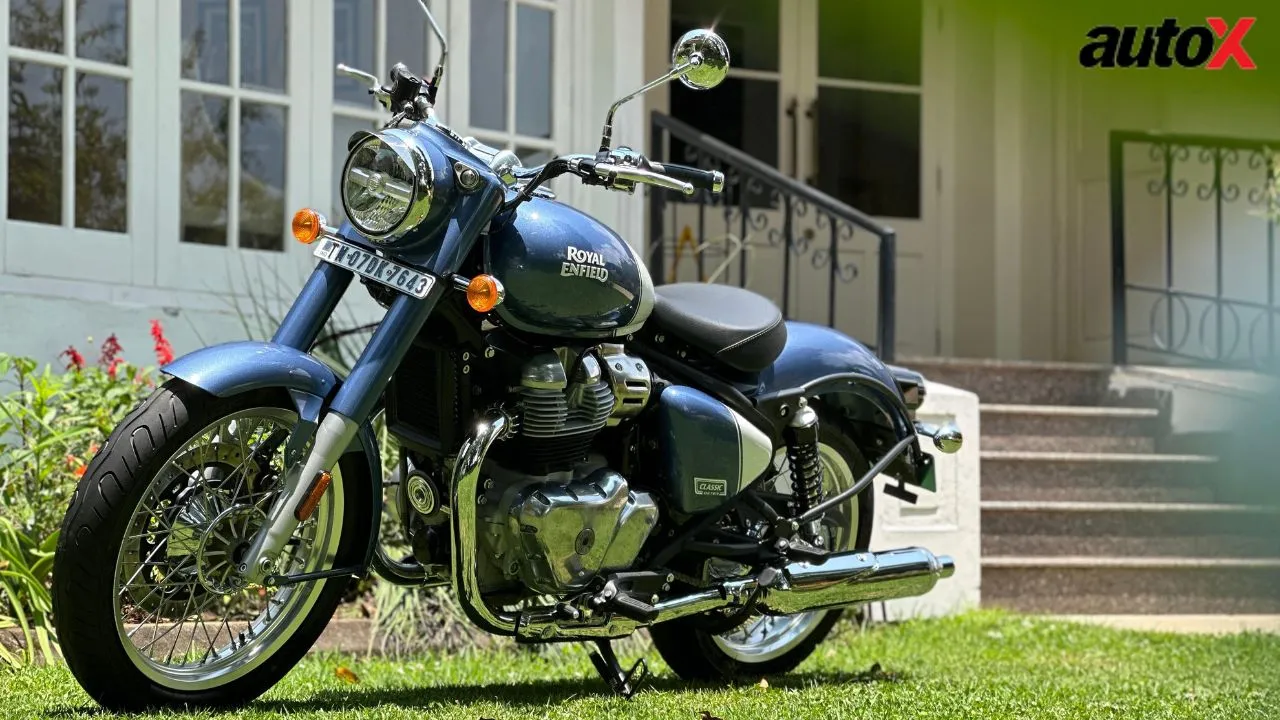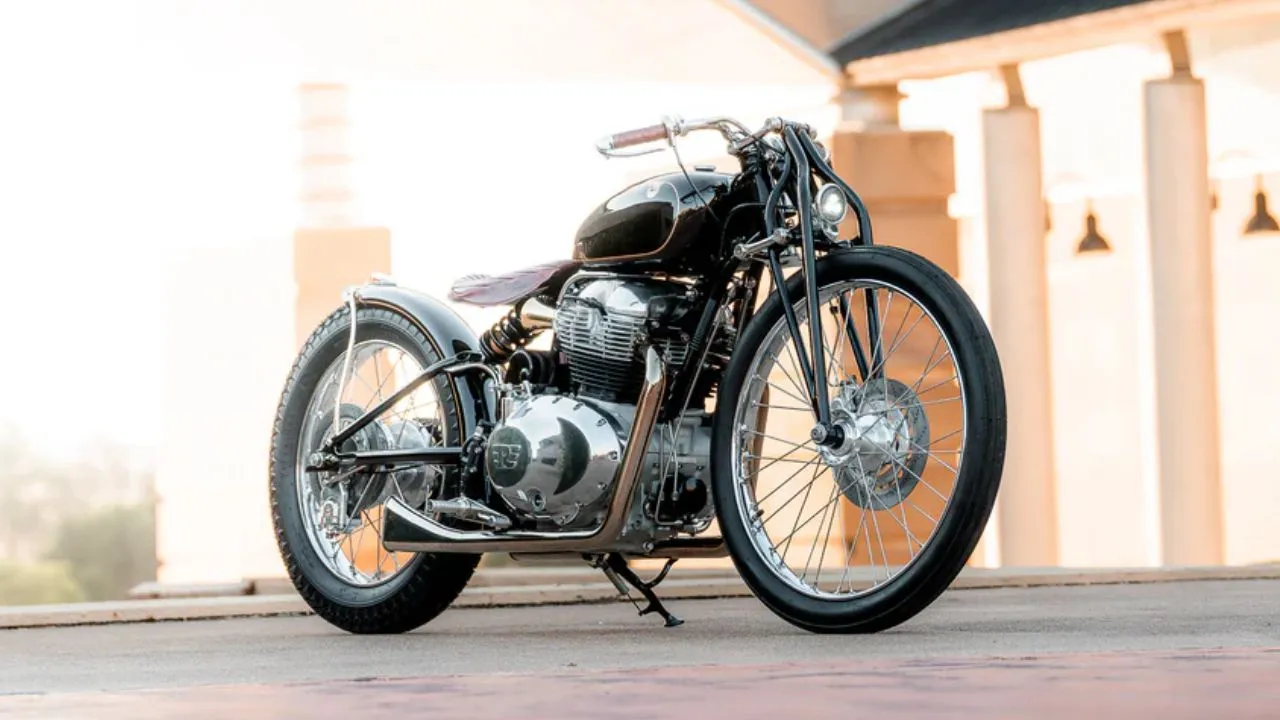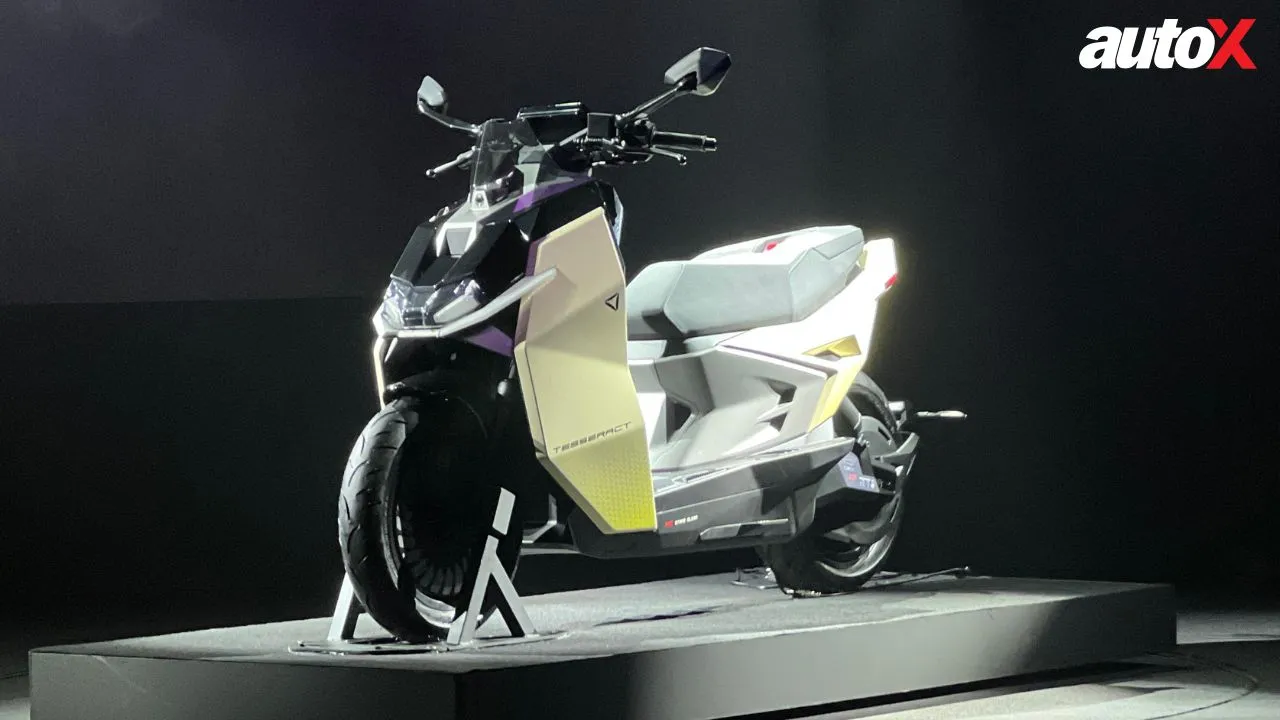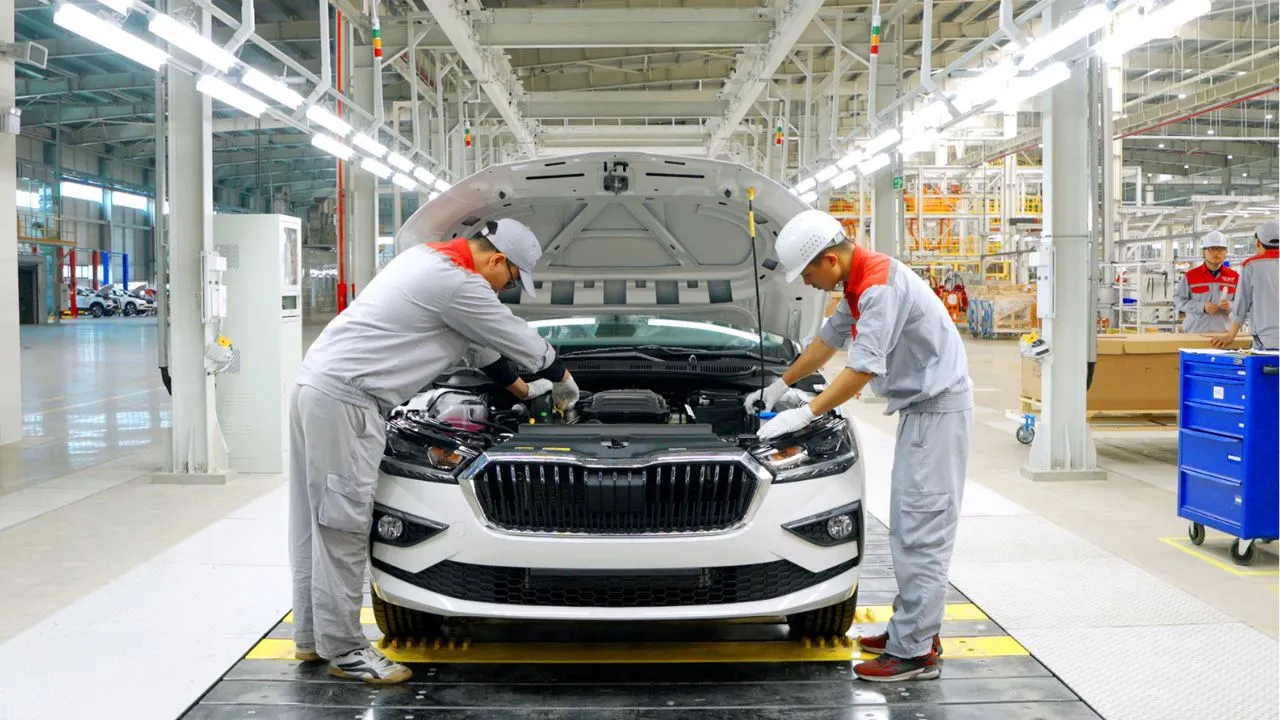BS IV norms to be implemented for two-wheelers
Government to impose BS IV emissions norms for two-wheelers as well to cut down a major source of automotive NOx emissions. It would seem that the authorities have been awoken from their slumber all of a sudden when it comes to emissions norms.

Government to impose BS IV emissions norms for two-wheelers as well to cut down a major source of automotive NOx emissions
It would seem that the authorities have been awoken from their slumber all of a sudden when it comes to emissions norms. While four-wheelers are subject to BS IV emission norms (at least in metro cities) and BS III in other parts, two wheelers do not have to comply with these norms.
According to the government, the NOx emission limit for BS IV petrol cars at the moment in India is 0.08 gram per kilometer. However, the NOx emission limit for two-wheelers is 0.39 gram per kilometer. And when you factor in that between 2014 and 2015, out of the 1.97 crore automobiles sold in India, 1.6 crore units were two-wheelers, the problem becomes evident.
As a result and finally, the government has issued an order to ensure that all new two-wheelers launched from April 2016 onwards will have to comply with BS IV norms. While existing models will have to become BS IV compliant from April 2017 onwards. As of now the only commuter motorcycle that meets BS IV norms is the recently launched Honda CB Hornet 160R. Alongside this, it has been announced that BS VI emissions norms will be implemented in 2020 for both two and four-wheelers.
A major reason why two-wheelers pollute five times more than cars and do not meet BS IV emissions norms is because of fuel efficiency and the cost factor claim manufacturers. Commuter motorcycles cater to price sensitive buyers and incorporating new technology can affect affordability lobbyist’s claim. Although, considering the gravity of the situation the sooner pollution reducing technology is incorporated the better it is.
Recently, with the Prime Minister backed Air Quality Index picking up high levels of pollution in Delhi, the National Green Tribunal and Delhi Government have been implementing some norms to reduce air pollution, which is limited to only private passenger cars. This in itself is a very short sighted approach as major causes of air pollution in the region is not cars as we have learned from an IIT Delhi study.
A trial period in Delhi allowing cars with registration numbers ending with an odd or even number being allowed to ply on alternate days came to an end. But the government did not reveal much information as to how much of a drop in pollution levels there was at the end of that period. We suspect that the pollution levels didn’t cut down drastically owing to other pollutants which were not contained during the two-week trial period.
Also read: Motorcycles and scooters to be showcased at Auto Expo 2016
.webp)



























Write your Comment on